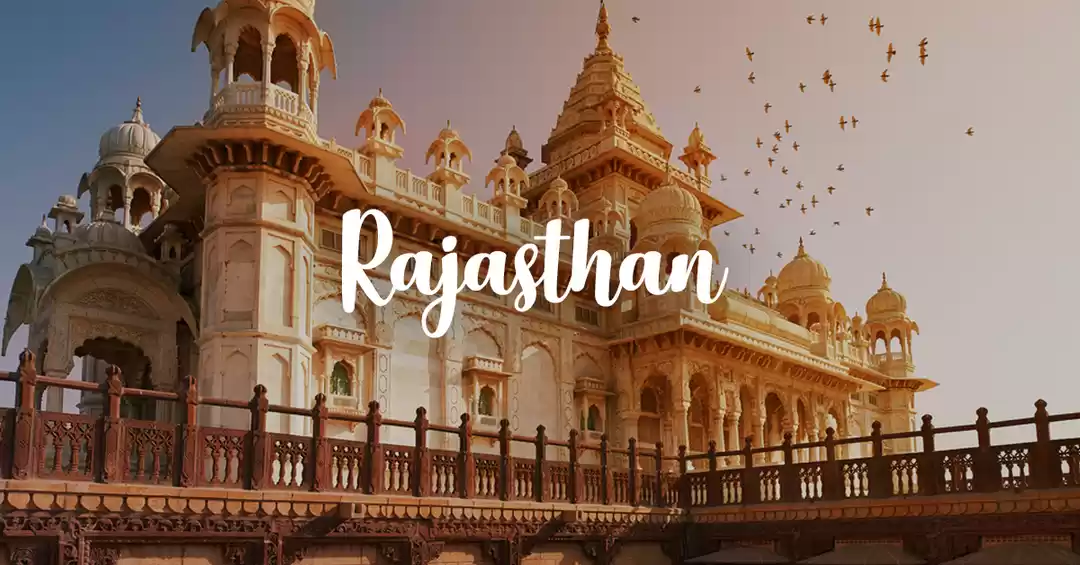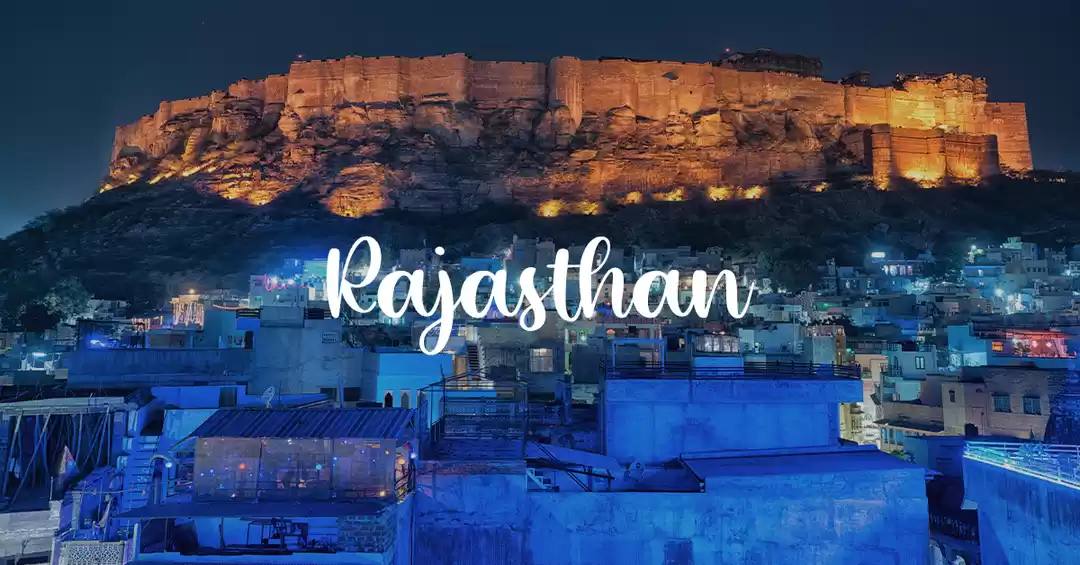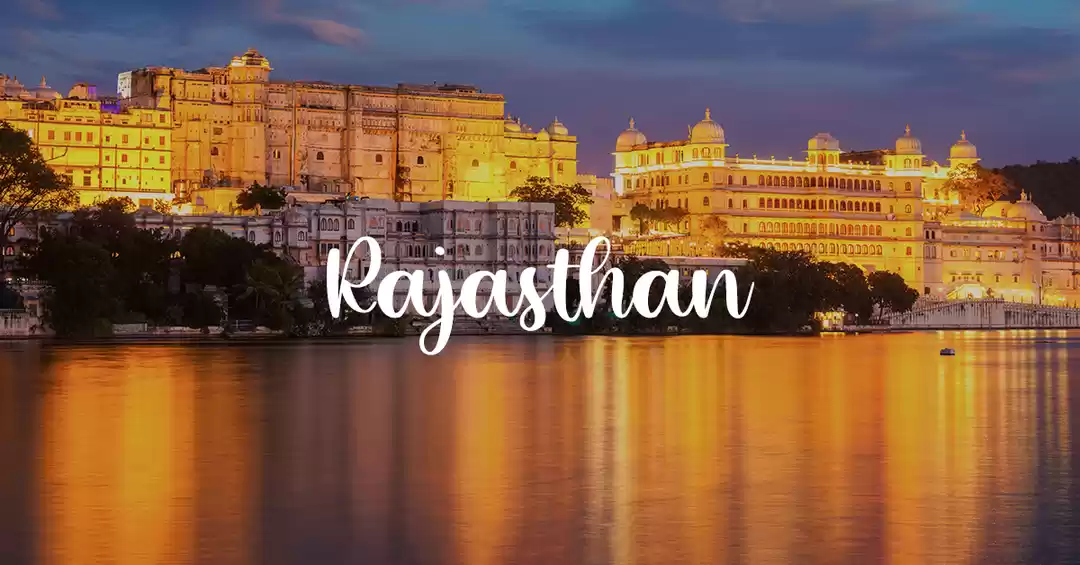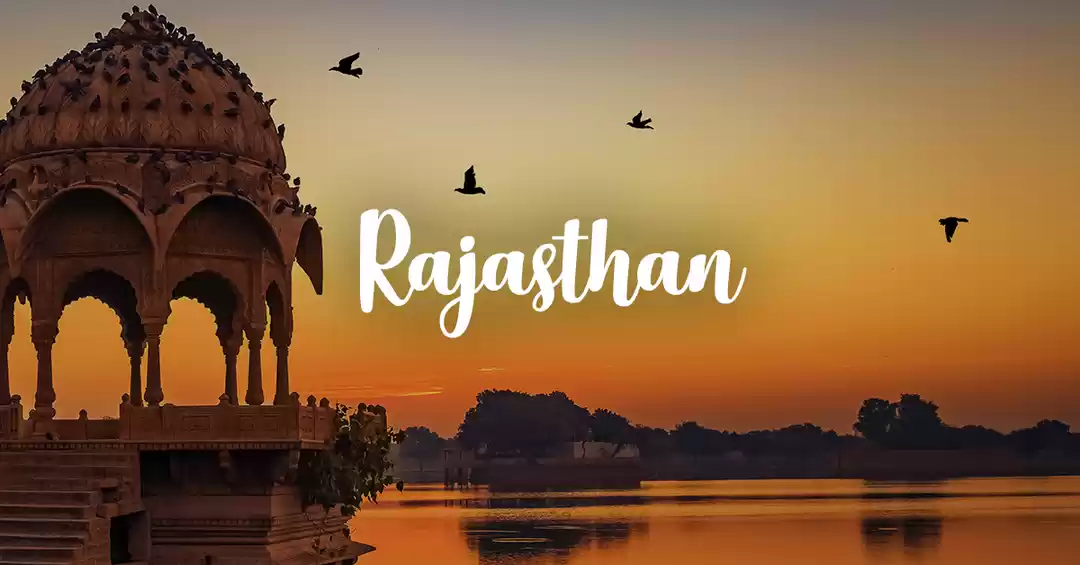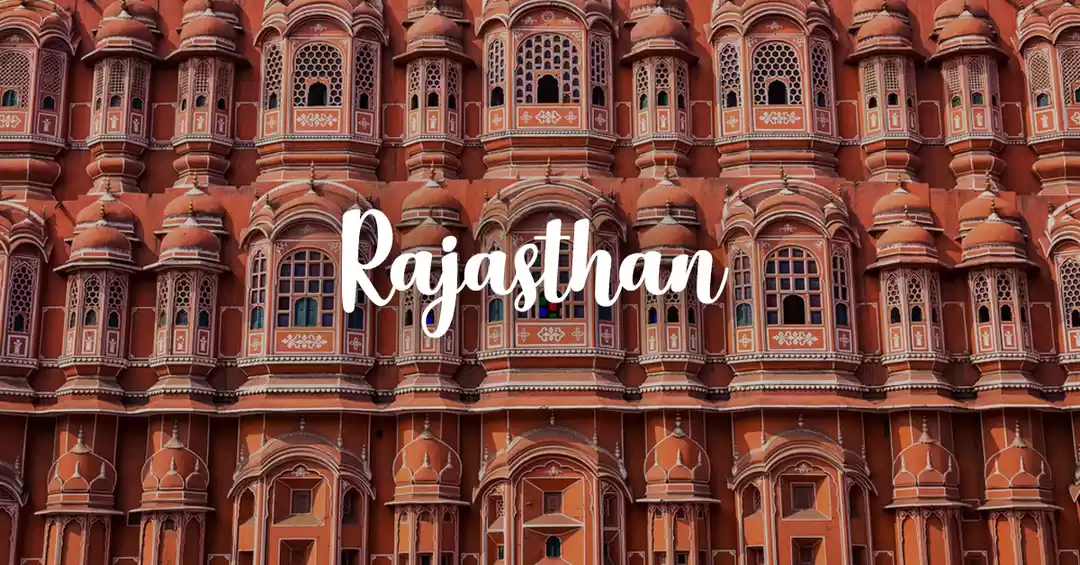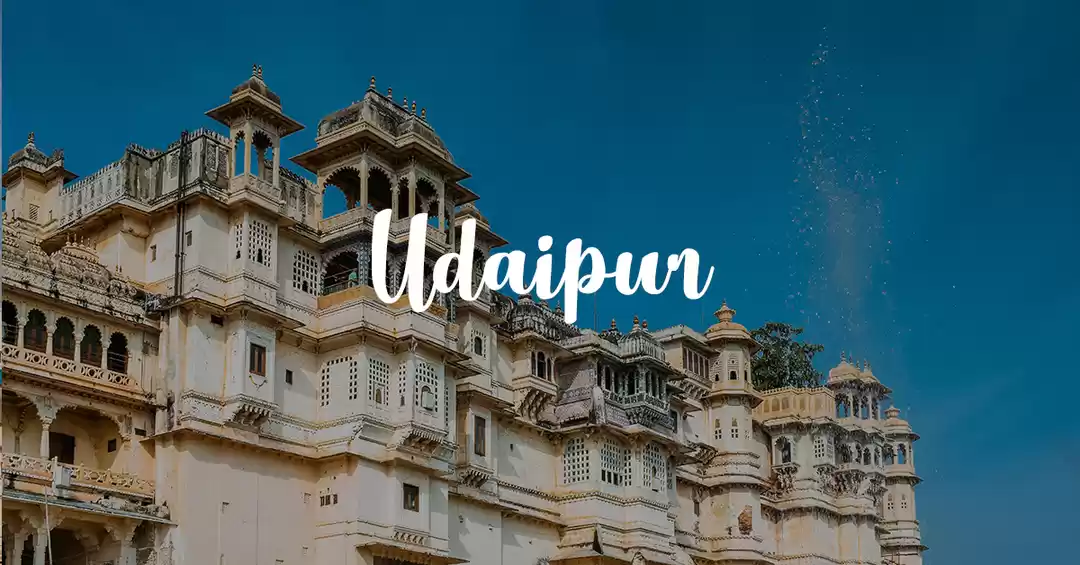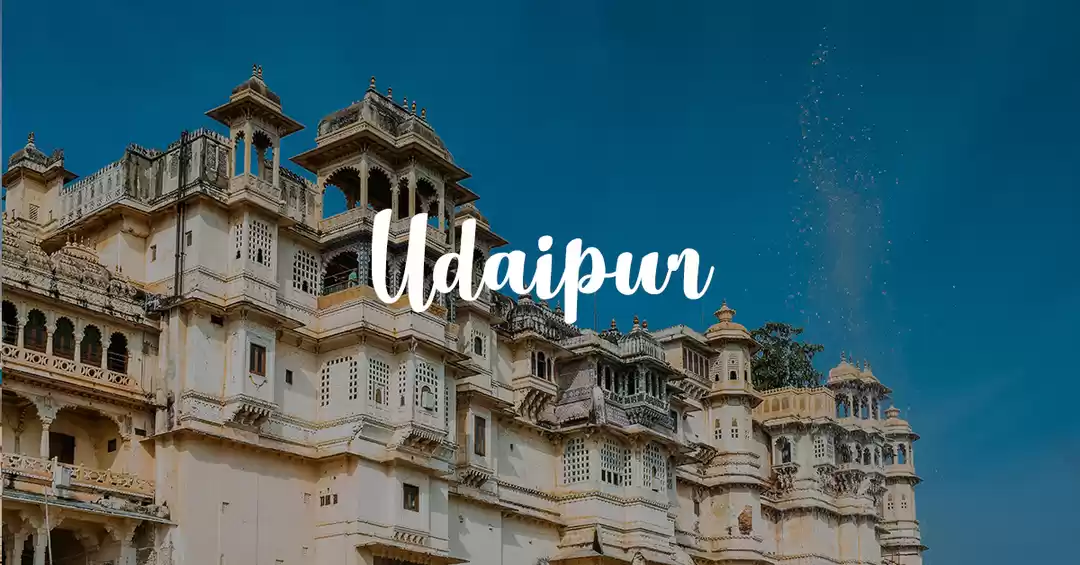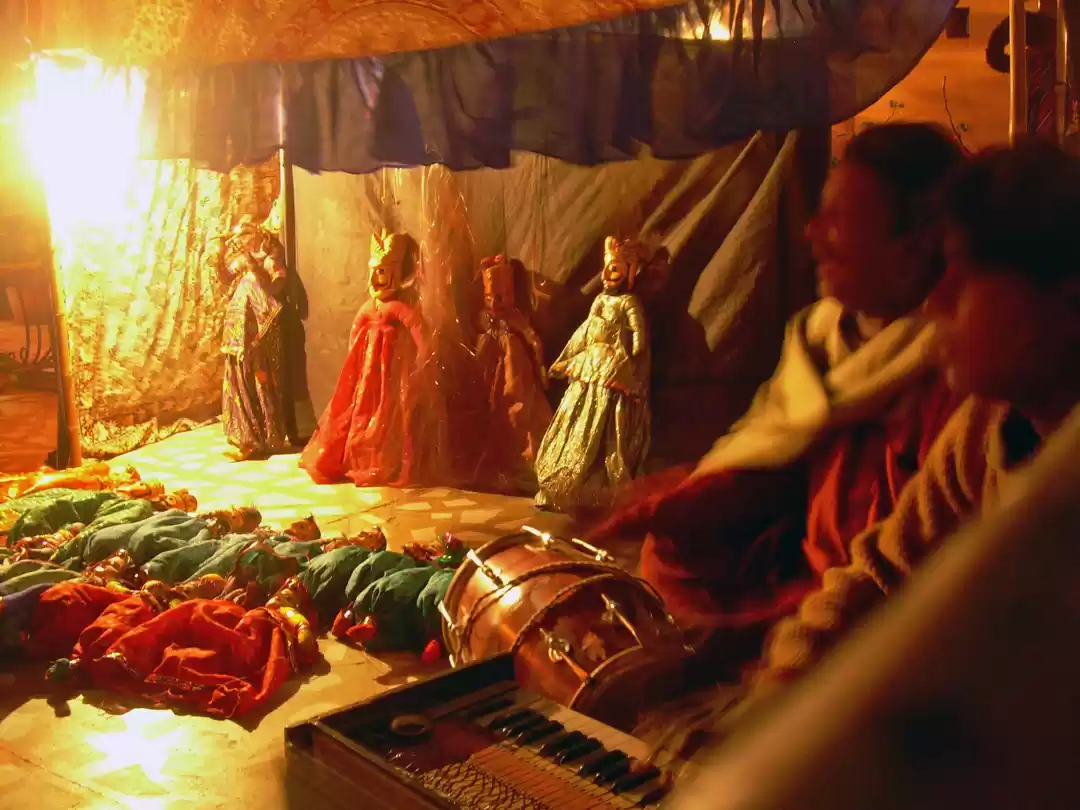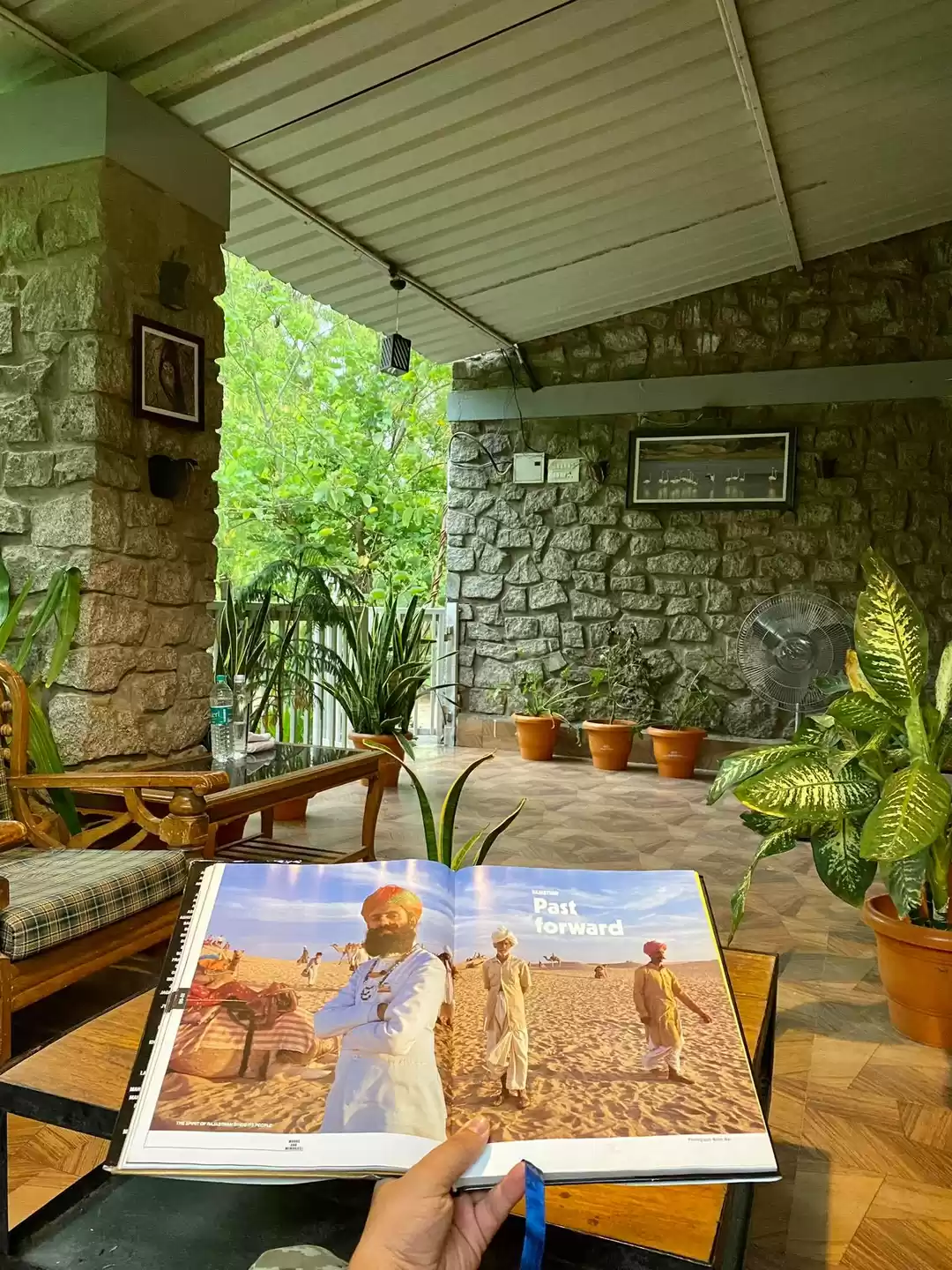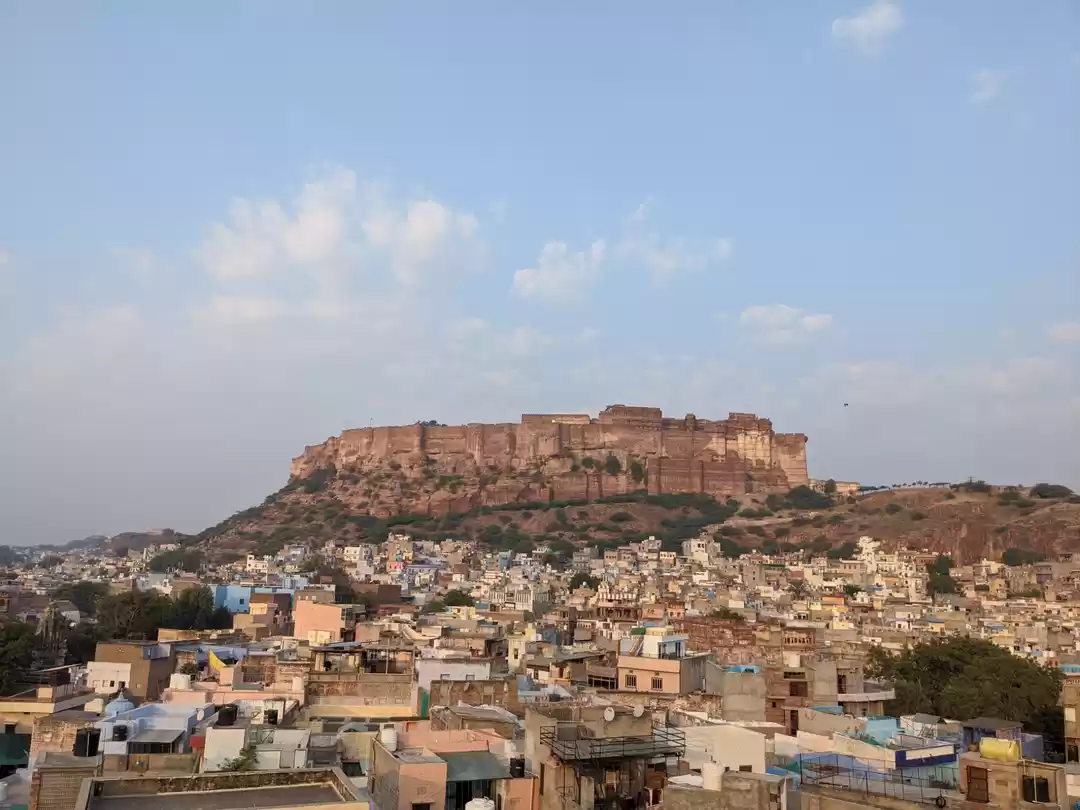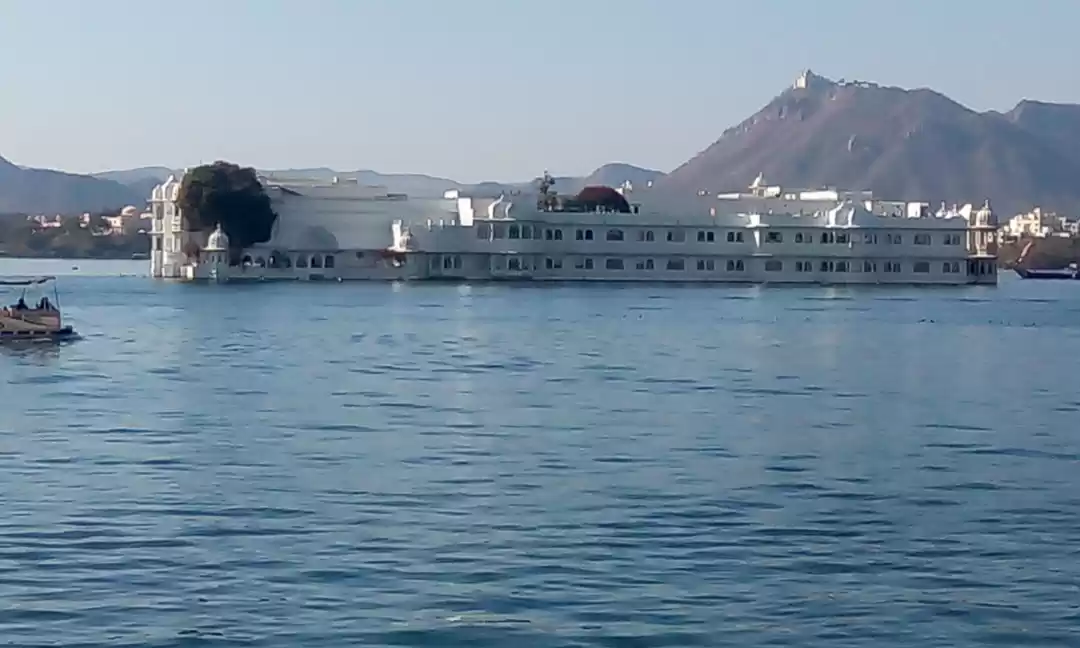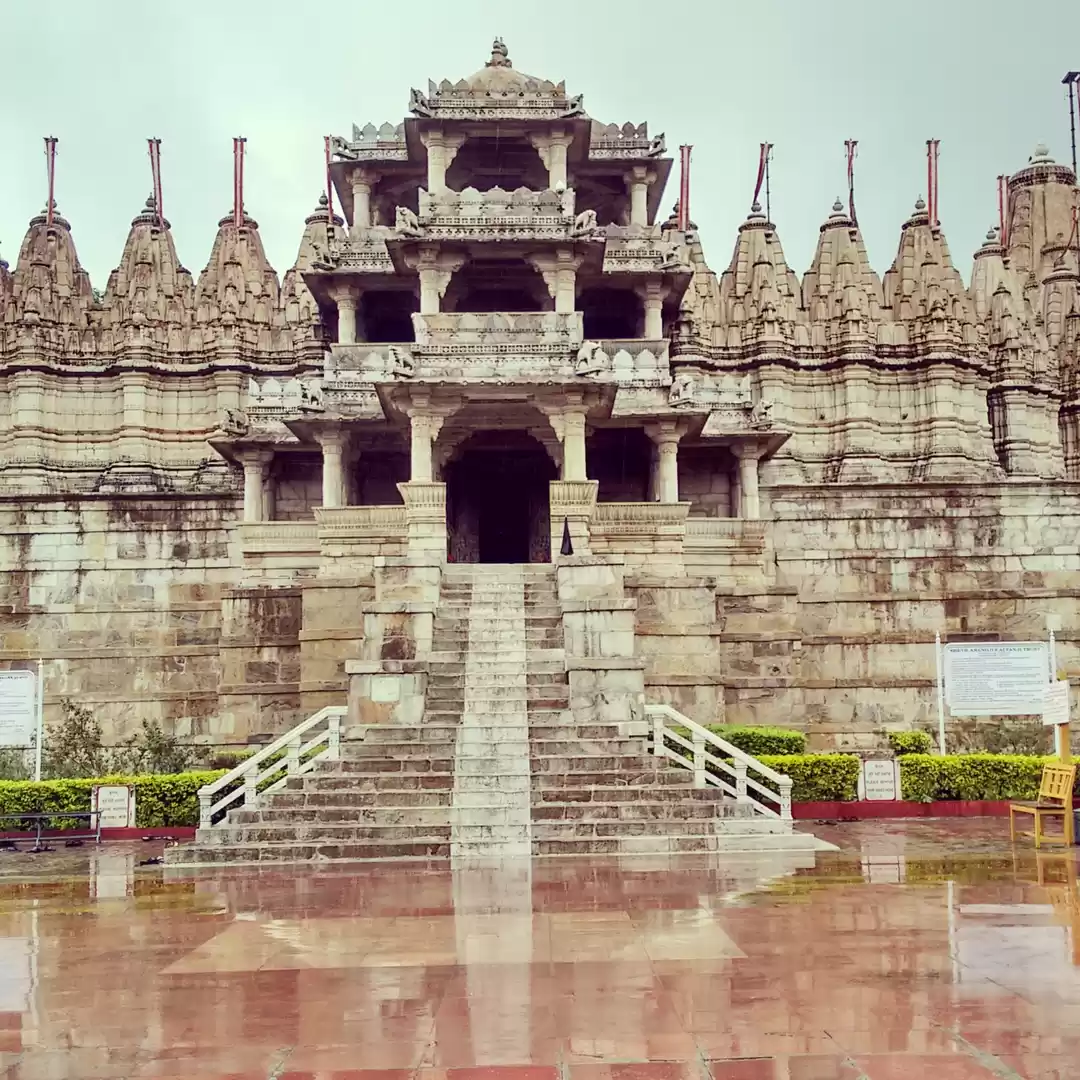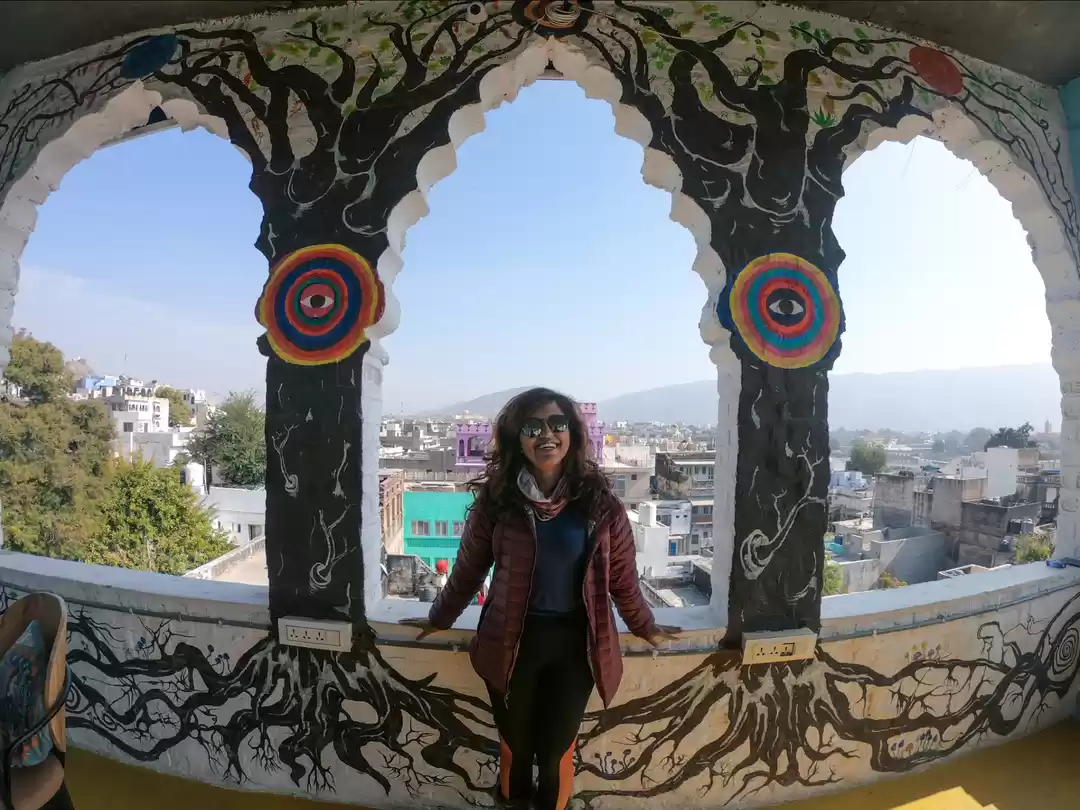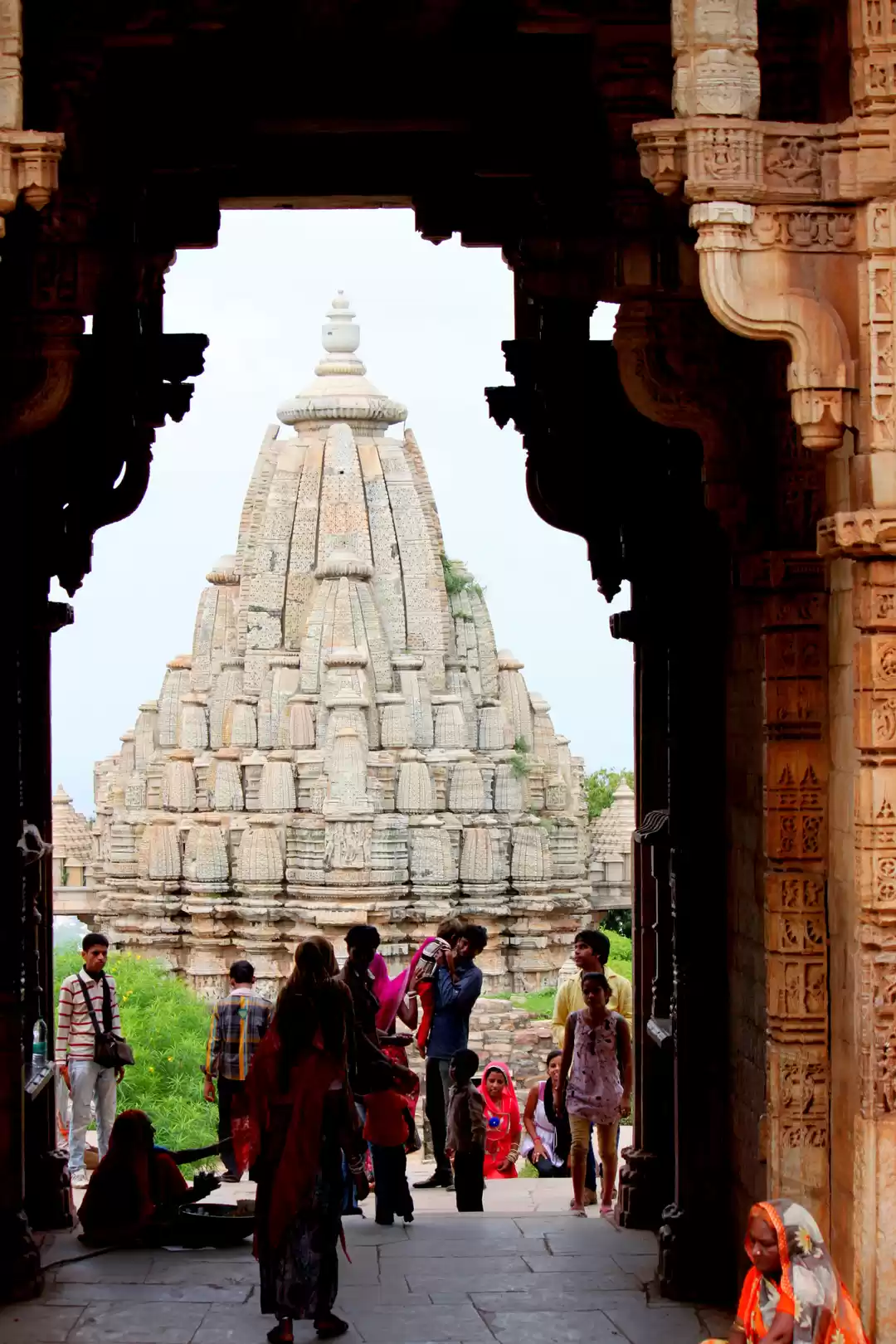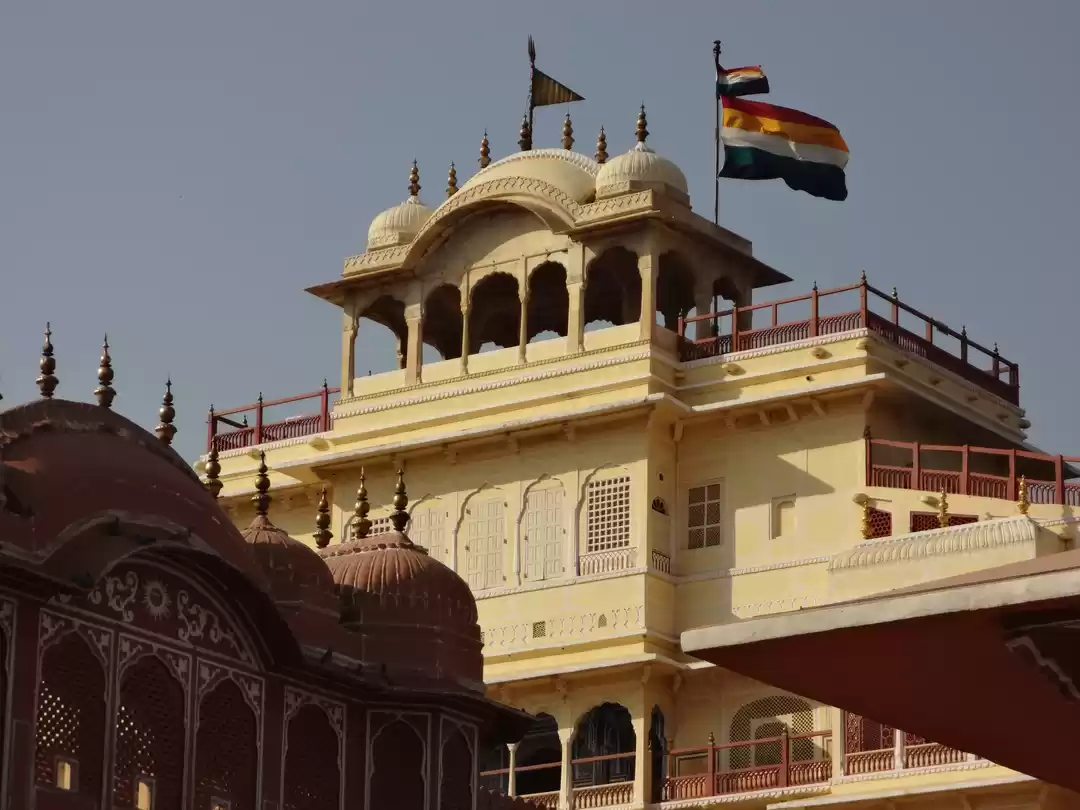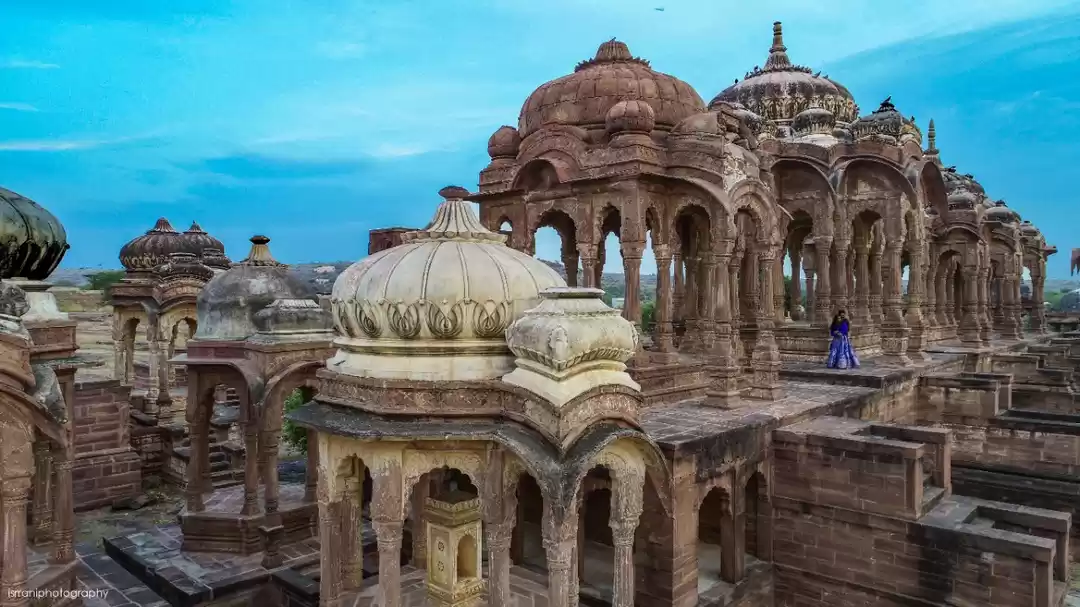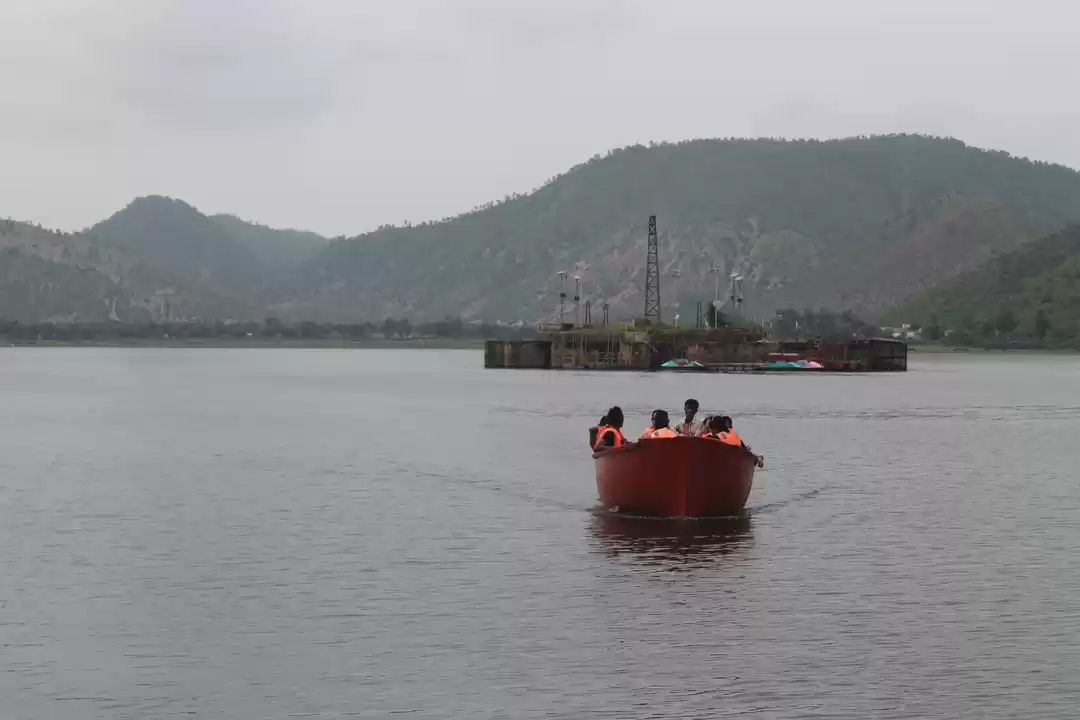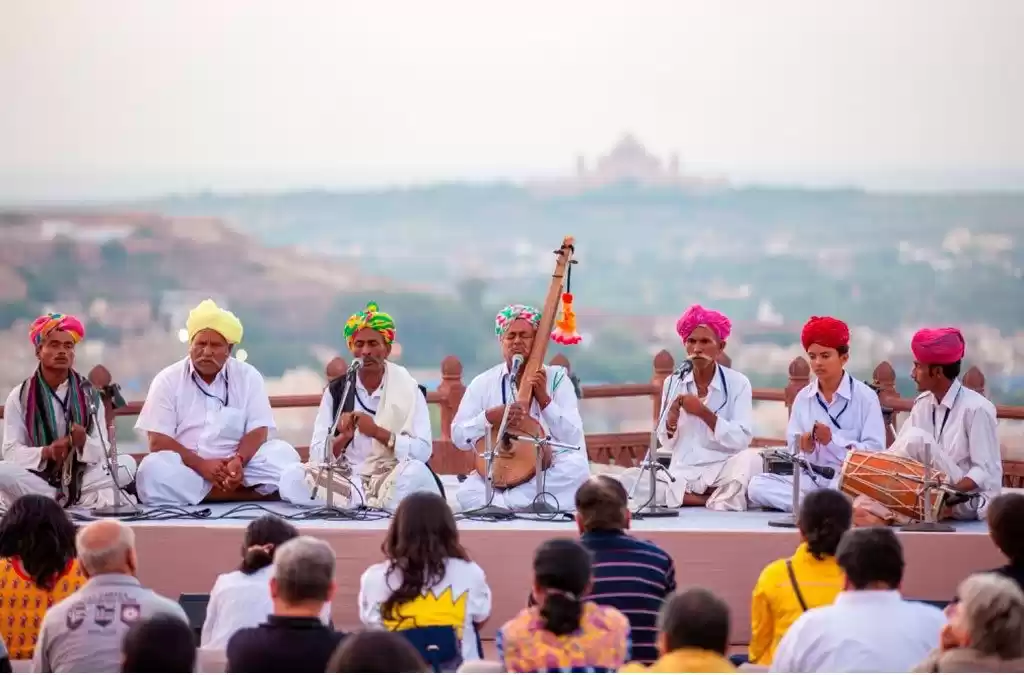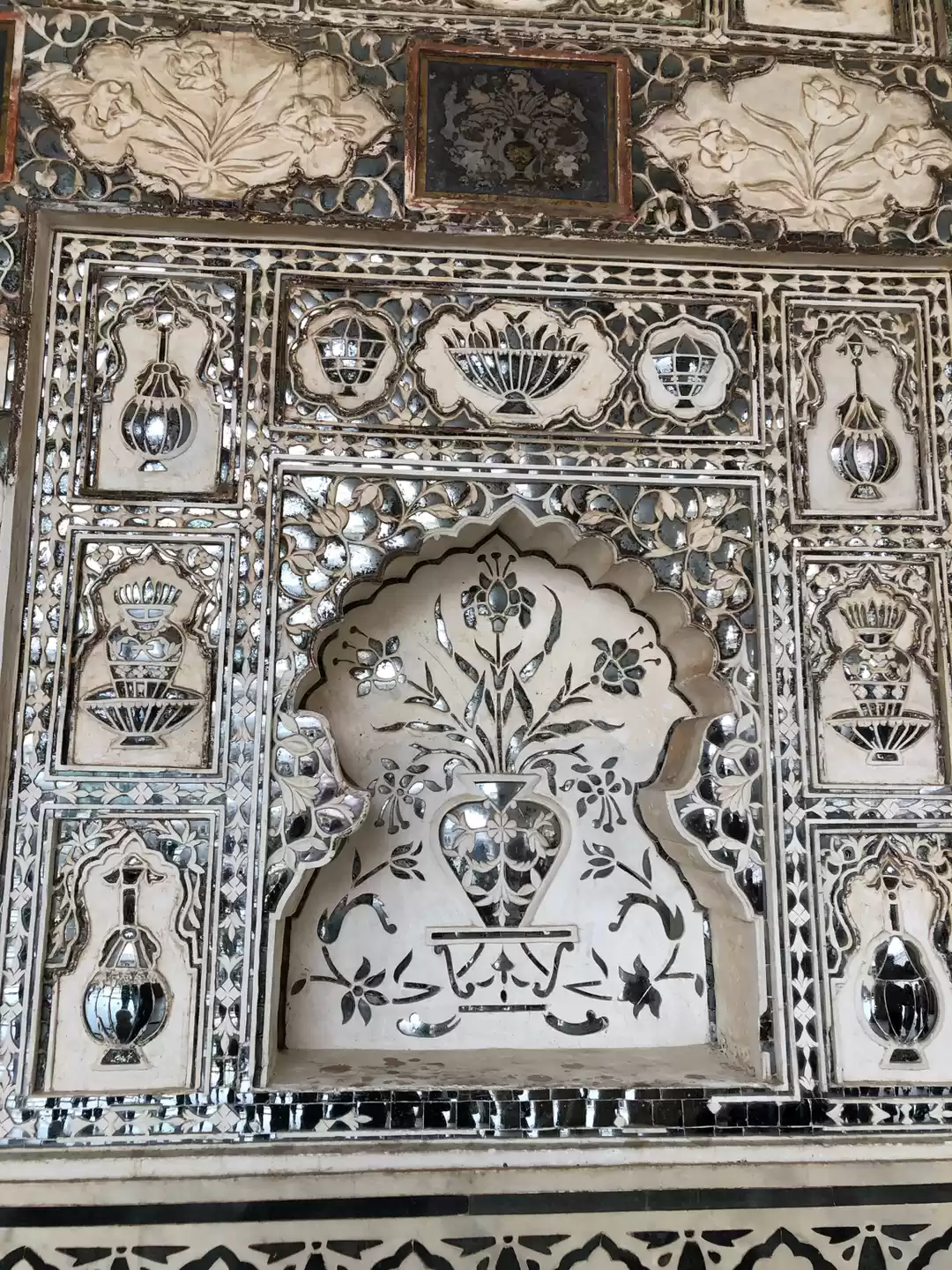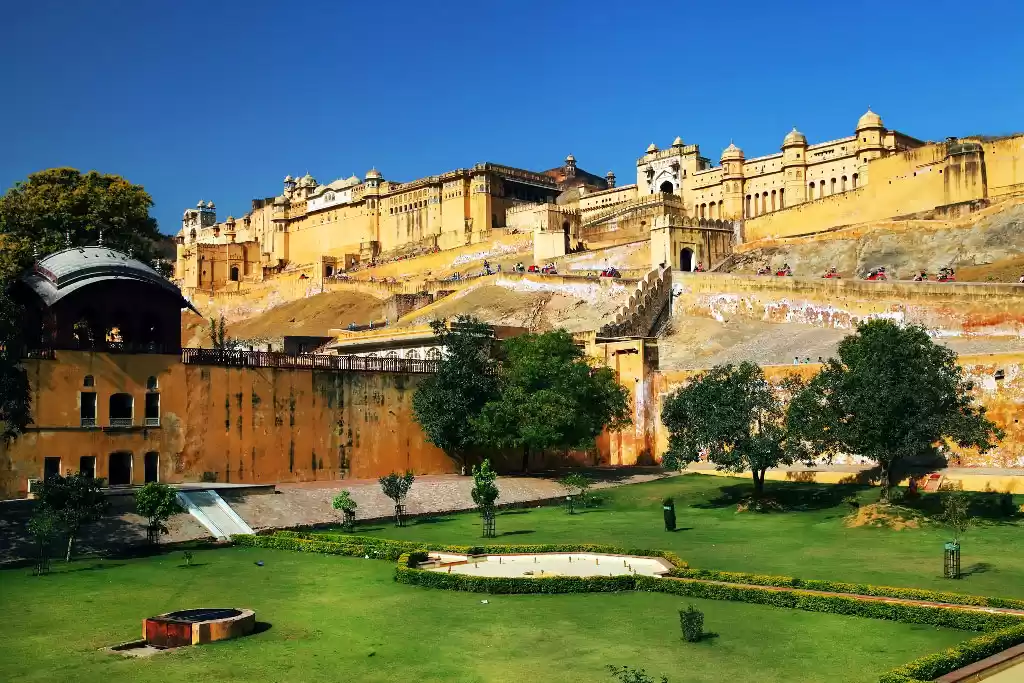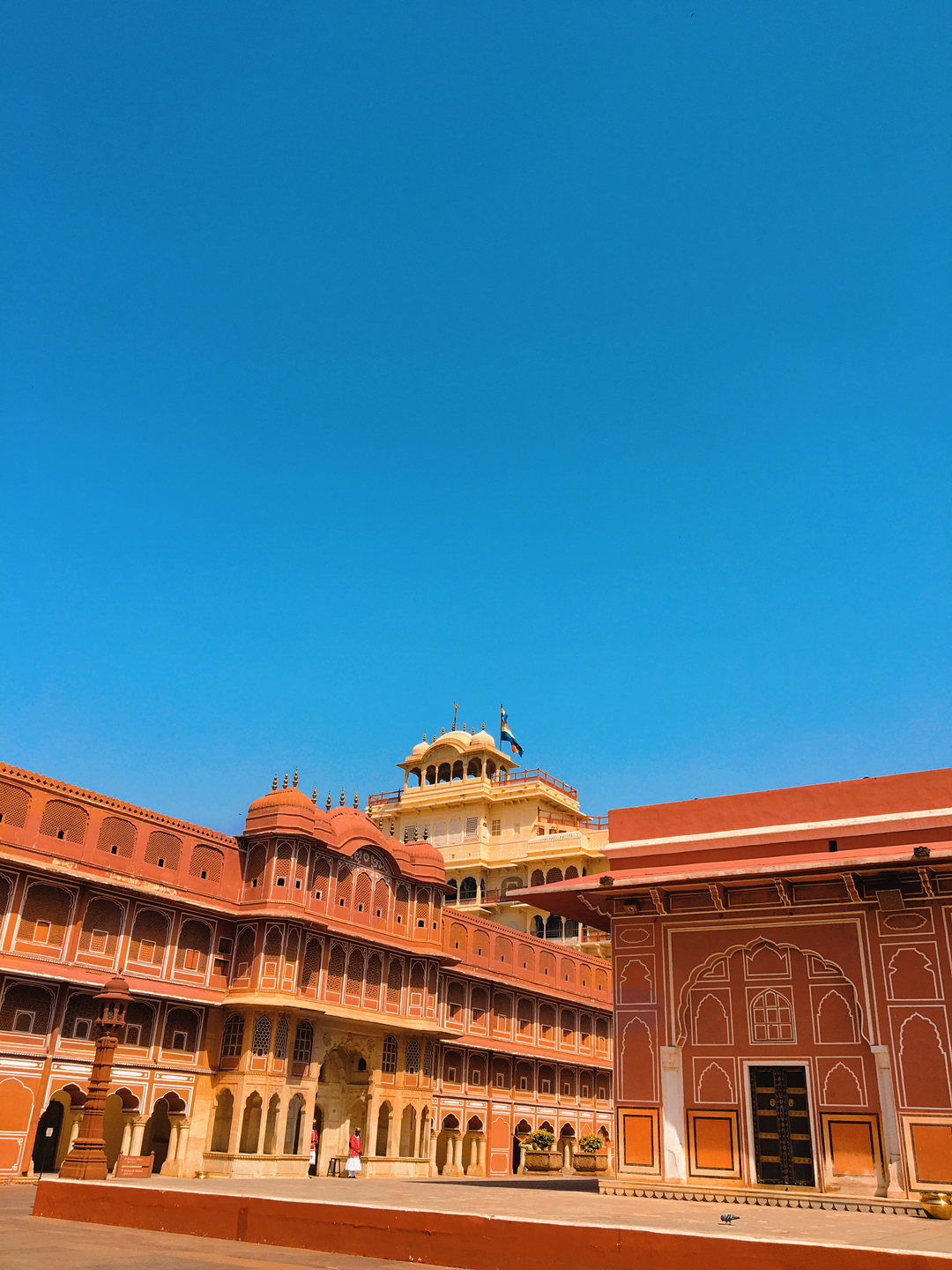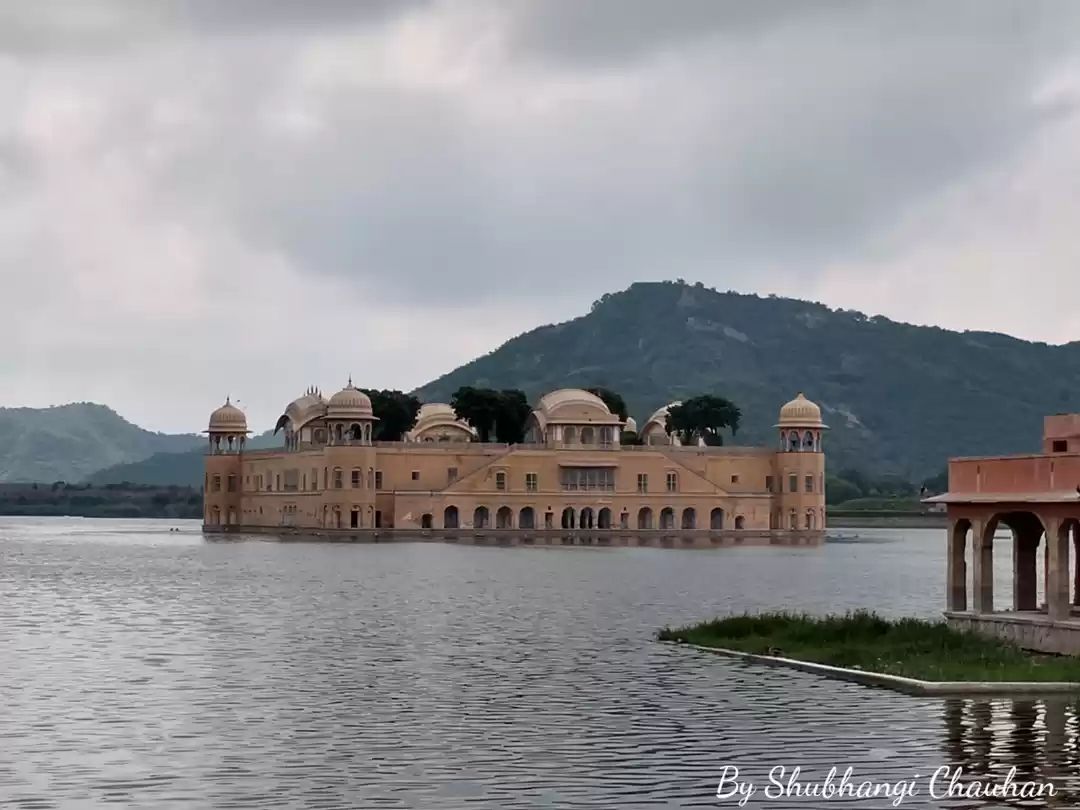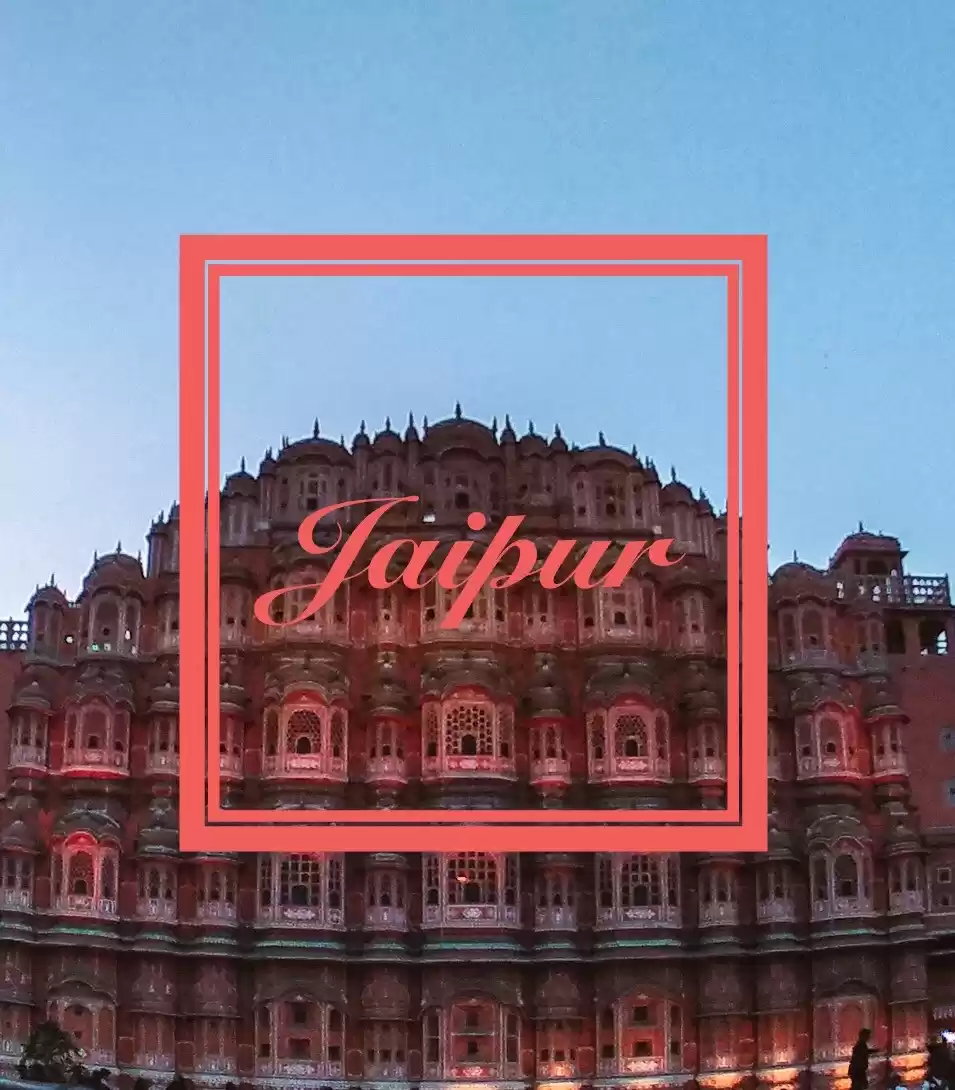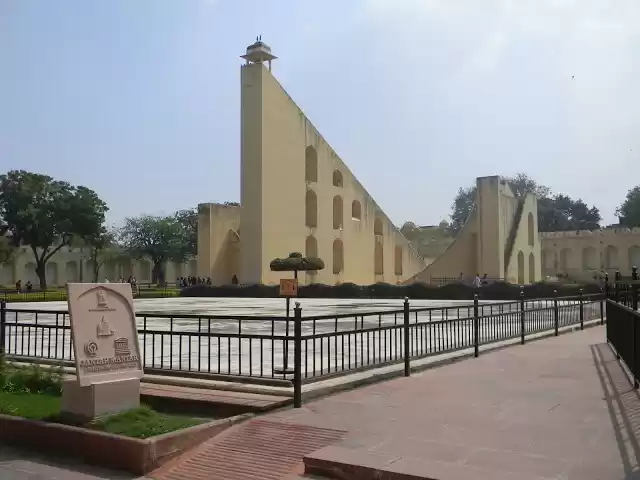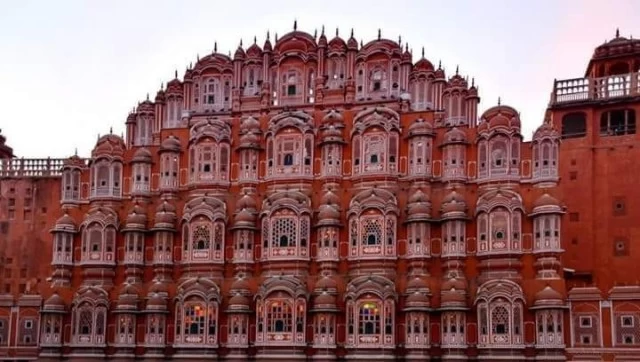
Jaipur, Rajasthan's capital city, is the central focus of innumerable stories of valour, courage, and Rajputana honour. The city was founded in 1727 by Maharaja Sawai Jai Singh II and carries his name. The Amer Fort, perched on a hill near Jaipur, is one of India's most magnificent palaces. This majestic building, also known as the Amber Fort, with its maze-like passages and serpentine staircases is an architectural masterpiece and holds important historical significance in India.
Amer Fort, located only 11 kilometres from Jaipur, is clad in pink and yellow sandstone and is a part of an extensive complex. The Fort, with its massive ramparts, several gateways, and paved paths, overlooks the Maotha Lake in Amer, the former capital of the princely state of Jaipur. It is big enough that exploring it thoroughly will take at least two to three hours. The fort receives approximately 5,000 visitors per day, and it was rightfully inducted into the UNESCO World Heritage Site list as part of the "Hill Forts of Rajasthan" along with five other forts.
A brief history of the Amer Fort, Jaipur

Amer city was a small town before the Kachwahas's rule, built by a small tribe named 'Meenas'. It gets its name after Ambikeshwar, another name of Lord Shiva, however, the locals also believe that the name has been derived from Amba, another name of Goddess Durga. Once named as Dhundar, the city was ruled by the Kachhawahas during the 11th century to the 16th century when ultimately the capital was moved to Jaipur.
In 1558, Raja Bharmal and Raja Man Singh I began construction on the Amer fort. After the persistent efforts of three monarchs over a period of two centuries, Raja Sawai Jai Singh II finally finished the fort in 1727. The older palace, known as the 'Kadimi Mahal,' is considered as the oldest palace of the country. Raja Man Singh also commissioned a small temple dedicated to his patron Goddess 'Sheela Mata.' With several old structures destroyed and new ones brought up, the Amer Fort stood against all the odds with great fervour.
Pride of the Pink City: Amer Fort, Jaipur.
Things to see at Amer Fort Jaipur

Amer Fort has a traditional Hindu and Rajputana style of architecture. It is aesthetically crafted out of marble and red sandstone giving it a rustic and mysterious look. There are intricate paintings of ancient hunting styles and portraits of significant Rajput rulers. Amer Fort is divided into four sections, each adorned with its separate entrance and courtyard.
First Section of Amer Fort, Jaipur
1. Suraj Pol

The sun gate or the Suraj Pol was named so because of its positioning. The gateway faces east and therefore, witnesses the sunrise in the morning. Entering from the Suraj Pol, one reaches the Jaleb Chowk. This place was used by the army to display their war booty back in time where women were allowed to watch the proceedings only through the windows.
2. Shila Devi Temple
On the right of the Jaleb Chowk is the Sila Devi temple. The temple has intricated marble carvings along with a double door entrance that is covered with silver. The idol inside the temple was presented to Raja Man Singh by the ruler of Jessore, Bengal in 1604 after their defeat. It is said that the King always used to offer his prayers to the Devi before moving out for a battle or any other business. Human sacrifices were also offered at the temple. Above the gateway was the Suhag Mandir where only the royal women were allowed to offer their prayers.
Second Section of Amer Fort, Jaipur
3. Diwan-i-Aam

Diwan-e-Aam (Public Audience Hall) forms the second level of the Amer Fort. It is a massive hall open on three sides. With extensive mosaic glassworks, it stands on the support of two columns of pillars with mounted elephants.
4. Diwan-i-Khaas
One of the attractions of the amber palace is the Diwan-i-Khas or the hall of private audience. The upper half of Diwan-i-Khas is known as the Jas Mandir and is decorated with exquisite flower motifs and glasses. Because it was established by Raja Jai Singh, it is also known as the Jai Mandir. It served as the king's private chamber, where he held private meetings. The king met his special guests, which included envoys from other rulers. The interiors are adorned with mirror and glass work, and this hall is linked to the Sheesh Mahal.
How Jaipur Won My Heart: Amer Fort
Third Section of Amer Fort, Jaipur
5. Ganesh Pol

Ganesh Pol is the main gate to the palace and is indeed a sight to behold. It is a majestic and well-decorated gate with beautiful carvings and paintings in natural colour. Natural colors are derived from foods, flowers, spices, and stones. Lord Ganesh is also depicted on the gate. When the King and his royal warriors returned from a fight and celebrated their victory, they entered the palace through this gate.
6. Sheesh Mahal

This is the most fascinating and magnificent portion of the Amer Fort. The room is entirely made of minute bits and shards of glass that form beautiful designs. It is stated that two candles are sufficient to brighten the entire room even in the darkest of nights due to the limitless reflections formed in the glass pieces. That little light is transformed into thousands of stars by the reflection.
7. Sukh Mahal
'Sukh Mahal' is another hall opposite to the Sheesh Mahal and is built of sandalwood and ivory. The building was largely air-conditioned due to the channels built along the walls. These pipes were regularly supplied with water from the Maotha Lake. Above the gate is an engraving of the Magic Flower. It could, however, be viewed only after the panel had been partially hidden.
8. Baradari at Man Singh Palace

The historic palace built by Raja Man Singh I can be found in the courtyard's southern portion. As it stands today, this is the fort's oldest structure. In the middle of the courtyard, there is a pavilion surrounded by living quarters. According to legend, the king had 12 wives, each from a different zodiac sign. As a result, there are 12 rooms on each side of Baradari.
Fourth Section of Amer Fort, Jaipur
9. Zenana Mahal

The final level of the Amer Fort was built for Royal women. Men from outside the family had no access to these parts of the palace. Even, the men from the palace had limited access here. It is said that rooms of the queens were connected through a private passage to the room of the king. The private passage could be used only by the King. So when the king visited one Queen, the others would probably not know.
Amer Fort tickets
• Indian: Rs. 50, Student: Rs. 10
• Foreigner: Rs. 550, Student: Rs. 100
5 things you should not miss in Amer
1. Capture the moments at Jaleb Chowk

The first thing that you would come across while entering through the Suraj pol gate would be Jalebi Chowk. The word Jaleb here means ‘open ground’, and it is where the supposed public gatherings or as we call sabha were held during the time of Rajputs. If you wish to capture the true architectural excellence of Amer, there’s no better place than this!
2. Architectural pleasure of Diwan-i-Aam and Diwan-i-Khaas
The tastefully done Diwan-i-Aam or hall of commons is one of the most prominent and must-see complexes among the City Palace interiors. The carvings on the pillars and arches are a symbol of intricate craftsmanship and lend a subtle gleam to the otherwise plain structure. Towards the left of the hall lies the Aravalli range which makes the site a thorough visual treat!

Adorned with marble floors and rambunctious chandeliers, Diwan-i-Khaas is the most delightful part. The Sheesh Mahal that is perhaps the most significant building out here, will surely charm you with its elegance! Ceilings set with classic little mirrors among paintings and flowers made of glass and precious stones are said to have been inspired by the timeless Persian rugs. Among all the structures present at the Amber Fort, this one indeed is the most charismatic!
3. An evening in Sukh Niwas
The Sukh Niwas or ‘Hall of pleasure” is an epitome of modernization amidst the rich ancient atmosphere of Amer. The walls of the structure, which can be approached through a sandalwood door, are inlaid with fine marble work that automatically lends a soothing ambiance. To top it all, an artificial stream flows between apertures which run through the edifice, keeping the environs cool, as in an air-conditioned atmosphere. This helped to keep the palace interiors cozy and comfortable during the summer months. But the most beautiful part of the Niwas lies not in its interiors but in the Charbagh-style garden that adorns the entrance. Perfect place to enjoy a wonderful evening indeed!
4. View from Surajpole building top

Now, if you thought Amer is all about the much talked about light and sound show, then it’s time to rethink your views! The moment you scale the Surajpole building, you have the most charismatic view of the town right in front of your eye! A sight to behold (especially if you’re blessed with clear skies and a glistening twilight)! As you set foot on the small balcony towards the back end of the terrace, the most brilliant sight of the Aravallis coupled with the fort auditorium will surely take your breath away!
5. Light and sound show at the Fort Auditorium
The best way to end your tour at Amer is by catching the enthralling light and sound show at the open-air audience hall of the palace! The stillness of the night, ice-cold benches, and the most marvelous reverberation created by the play dialogues, which speaks of Jaipur’s rambunctious history, are worth the hit! You can enjoy this extravaganza in both English and Hindi, making it the most sought-after affair for tourists. So, sit back, immerse yourself, and get lost in the awe of Amber Fort.
Amer Fort Light and Sound Show

Every evening, a fifty-minute light and sound show highlighting the history of Jaipur and the fort is held at the Amer Fort. The show highlights local mythology, folklore, and folk music with the objective of reviving the state's rich history, tradition, and culture. Scripted by Gulzar and narrated by Amitabh Bachchan, the show has mesmerizing music from lead singers Ustad Sultan Khan & Shubha Mudgal. Photography, video, and audio recordings of the performance are not permitted.
Timings of light and sound show:
October to February -6:30 pm (English)/ 7:30 pm (Hindi)
March to April - 7:00 pm (English)/ 8:00 pm (Hindi)
May to September - 7:30 pm (English)/ 8:30 pm (Hindi)
Entry fee for the show is Rs. 295 per person.
Tips to travel Amer Fort Jaipur

1. You need at least 2 – 3 hours to see Amer Fort.
2. The Amber Fort being one of the prime attractions of Jaipur, is crowded at all times. And if you want to avoid the crowds, go on a weekday.
3. It is a vast complex and walking around is the only way to enjoy and feel its beauty. Hence wear comfortable shoes and clothing.
4. Visit as soon as the fort opens in the morning. After 12 p.m., the Siladevi Temple closes. Also, as the day progresses, the area becomes increasingly crowded.
5. Carry water bottles, shades and hats or caps.
6. There is Anokhi Hand printing Museum near the fort. The Museum remains closed on Mondays.
7. Take the help of a guide to see the places and listen to the stories. There is also an audio guide available.
8. Within the premises, there are restrooms and a café.
Best time to visit
Jaipur experiences harsh summers and winters. It is best to visit the Amer Fort between September and March. During these months, the weather remains nice and cool. The greatest time to visit the fort is at night, between 7 and 9 p.m., when you can enjoy the light and sound show as well as a sumptuous dinner at the restaurant.
How to reach Amer Fort, Jaipur

The magnificent pink and yellow sandstone fort is located at the top of a hillock at Amer, 11 km from Jaipur city in front of the serene façade of the Maota Lake. Jaipur is the capital city of Rajasthan and is well connected from all the major cities of India by flight, trains and road. Cabs and Taxis are readily available from Jaipur. State buses also ply from the Jaipur and other major cities of the state to Amer. The public buses ply from Ajmeri Gate and MI Road and take around twenty minutes to reach to Amer Fort.
You should also read this: jaisalmer fort
Ready to travel for free? Earn credits and redeem them on Tripoto’s weekend getaways, hotel stays and vacation packages after the pandemic is over!



